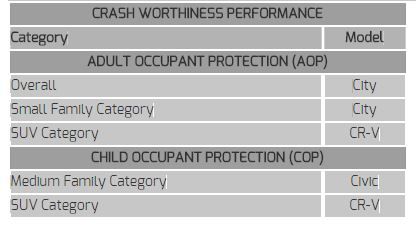Credit rating agency Standard & Poor’s released yesterday its ‘BB+’ long-term issuer credit rating for Security Bank Corporation. The outlook on the long-term rating is stable. Standard & Poor’s also assigned a ‘axBBB’ long-term and ‘axA-3′ short-term ASEAN regional scale ratings and a ‘B’ short-term issuer rating to Security Bank.
Standard & Poor’s based its ‘BB+’ rating on Security Bank’s business position, capital and earnings, risk position, funding, and liquidity metrics, using Standard & Poor’s criteria. The stand-alone credit profile of Security Bank is ‘bb+’.
In Standard & Poor’s Research Update dated October 27, 2014 which documented its credit assessment and rating on Security Bank, the rating agency stated that it views “Security Bank’s business position to be adequate in view of its status as a mid-sized bank with stable revenue streams from its traditional focus on the small and medium-sized enterprise (SME) and corporate segments. The bank has a proven management team, which contributes to its superior operating efficiency and asset quality compared with peers’.”
Standard & Poor’s further stated that it views “Security Bank’s management and strategy to be proactive and prudent, and this should continue to support an operating performance that is above the industry average. The bank’s return on equity (ROE) averaged 19.7% from 2010 to June 2014, compared with the industry’s 12.2%.”
On capital and earnings, the rating agency stated that it expects Security Bank’s risk-adjusted capital (RAC) ratio to be 7%-8% in the next one to two years, based on the rating agency’s formula. This is based on Standard & Poor’s expectation that the bank may sustain its capitalization by maintaining above-average earning capacity and prudent capital policy.
Standard & Poor’s further stated that “Security Bank’s operating performance is better than peers’ partly due to its cost efficiency. The bank averaged a cost-income ratio of 43% from 2010 to June 2014, and this was significantly lower than the industry average of 64%.”
On Security Bank’s risk position, the credit rating agency stated that “The strong risk position assessment for Security Bank reflects our view of the bank’s superior underwriting risk control with more prudent risk appetite compared with industry peers’, as well as the bank’s proven track record in its core corporate lending business. These strengths result in consistently above-average asset quality and lower credit costs than peers’.”
Standard & Poor’s added that “the bank’s ratio of non-performing assets (including restructured loans and Real and Other Properties Acquired) was about 2.1% at the end of 2013, which is significantly lower than the industry average of 5%-6%. The average net provision cost over the past five years was less than 10 basis points (bps), which is significantly lower than the industry average of 50bps-60bps.”
On funding and liquidity, the rating agency stated that “Security Bank’s funding profile is likely to remain average and its liquidity should remain adequate over the next two years because we expect the bank’s expansion of its branch network will help the bank to secure more stable deposit funding.”
The stable outlook on the long-term rating reflects Standard & Poor’s view that Security Bank will maintain its superior asset quality to peers’ and adequate capitalization and that its funding profile should gradually improve over the next 12-18 months.
Standard & Poor’s and its predecessor organizations have been in business for more than 150 years and is one of the world’s leading providers of independent credit risk research. In May this year, Standard & Poor’s upgraded the long-term sovereign credit rating of the Republic of the Philippines to ‘BBB’ from ‘BBB-‘.

